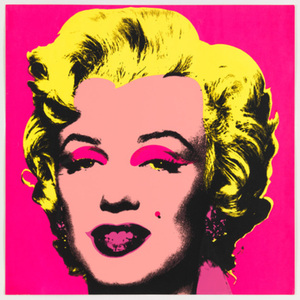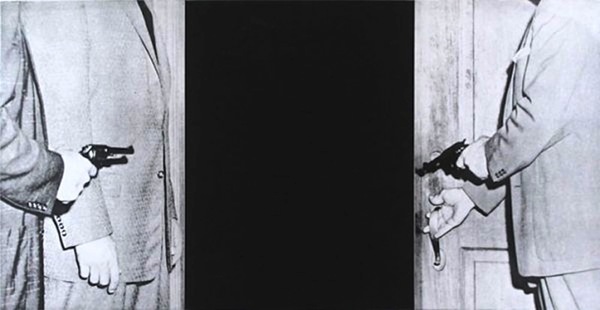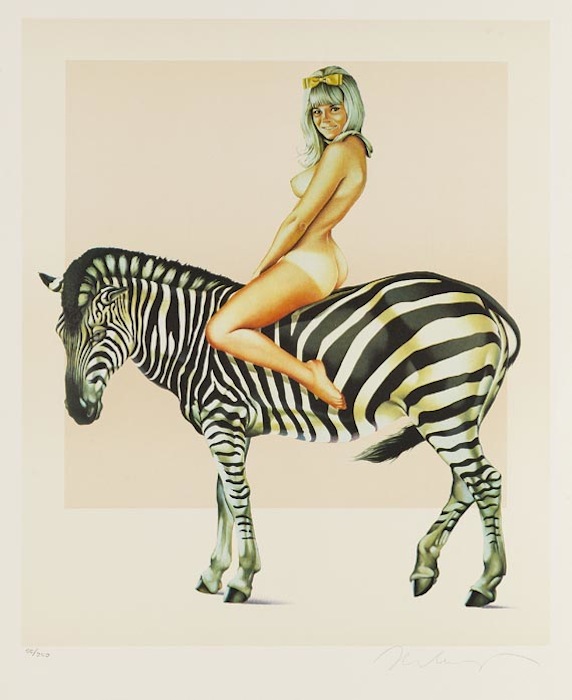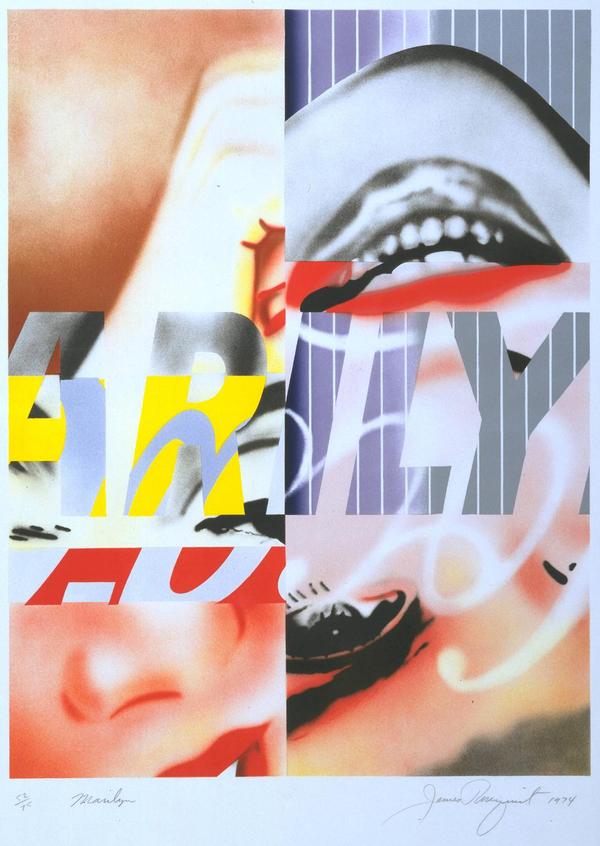
| Andy Warhol John Wayne FS II.377, from Cowboys and Indians 1986 Screenprint on Lenox Museum Board 36 x 36 in. Edition of 250, each piece is unique Pencil signed and numbered About the work: JOHN WAYNE. . . AMERICAN AS APPLE PIE The saying “as American as apple pie” describes things that represent the best of American culture. People use this expression when talking about things like blue jeans, baseball, and rock-n-roll. John Wayne is America! For many, John Wayne aka “The Duke”, symbolizes some one who is a tough, macho, rugged, strong, a fighter, an army man, and a cowboy. At 6 foot ’4 inches, and an athlete (played football at USC), John Wayne not only had the stature of rough and tough guy, but had the attitude to go along with it. In his movies, his straight forward, tell it like it is, take no crap attitude resonated with Americans leading up to and during WWII. He personified American toughness, and American values and ideals. He was proud of America, and American was proud of him. There is no artist better to illustrate iconic symbols than Andy Warhol. Warhol had a knack for choosing figures and images that were uniquely iconic and symbolic to the world of the past, present, and future. The genius of Warhol was that an iconic image, could say so much that nothing else but that image had to be on the canvas. Marilyn Monroe is still relevant today, because Warhol immortalized her. 55 years after her death Marilyn is still seen as one of the biggest, if not the biggest sex symbol in the world. In this week’s Work of the Week (WOW), Warhol’s image of John Wayne staring at the viewer emotionless with an ever piercing gaze in a cowboy hat, and ‘kerchief around his neck, holding a gun, rugged and ready to shoot on a draw is is one we have seen time and time again in the movies. But Warhol knew The Duke, will remain a fixture of the popular imagination for as long as the world is watching movies, and for good reason: He wasn’t so much an actor as a symbol of national identity and a point of American pride.
Wether it is a smug portrait of Mao, a Dollar Sign, the Electric Chair, or a Campbell’s soup can, Warhol’s inconic imagery depicted the times, defined a nation, democratized art, made a statement, and sealed his place in art history for ever. The artist is as iconic as his art! |















